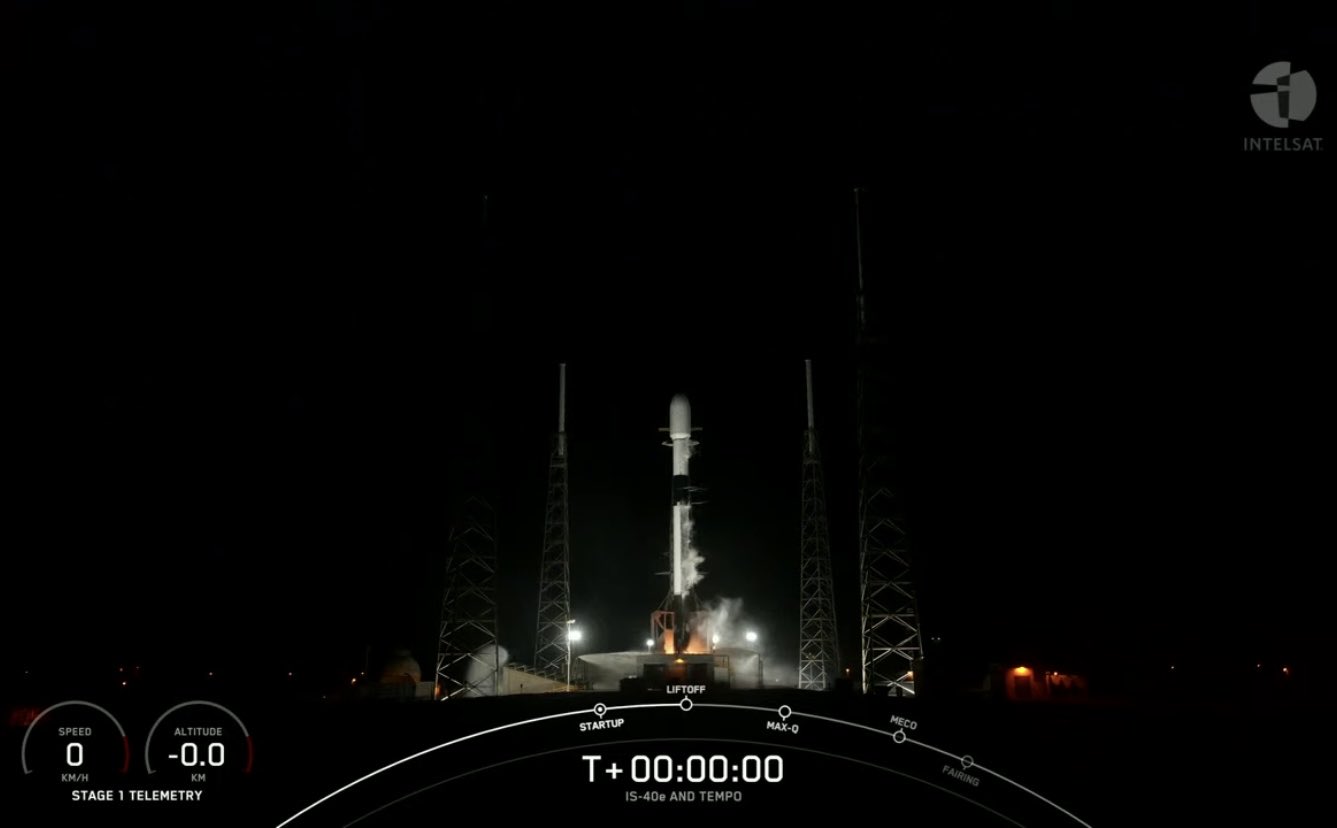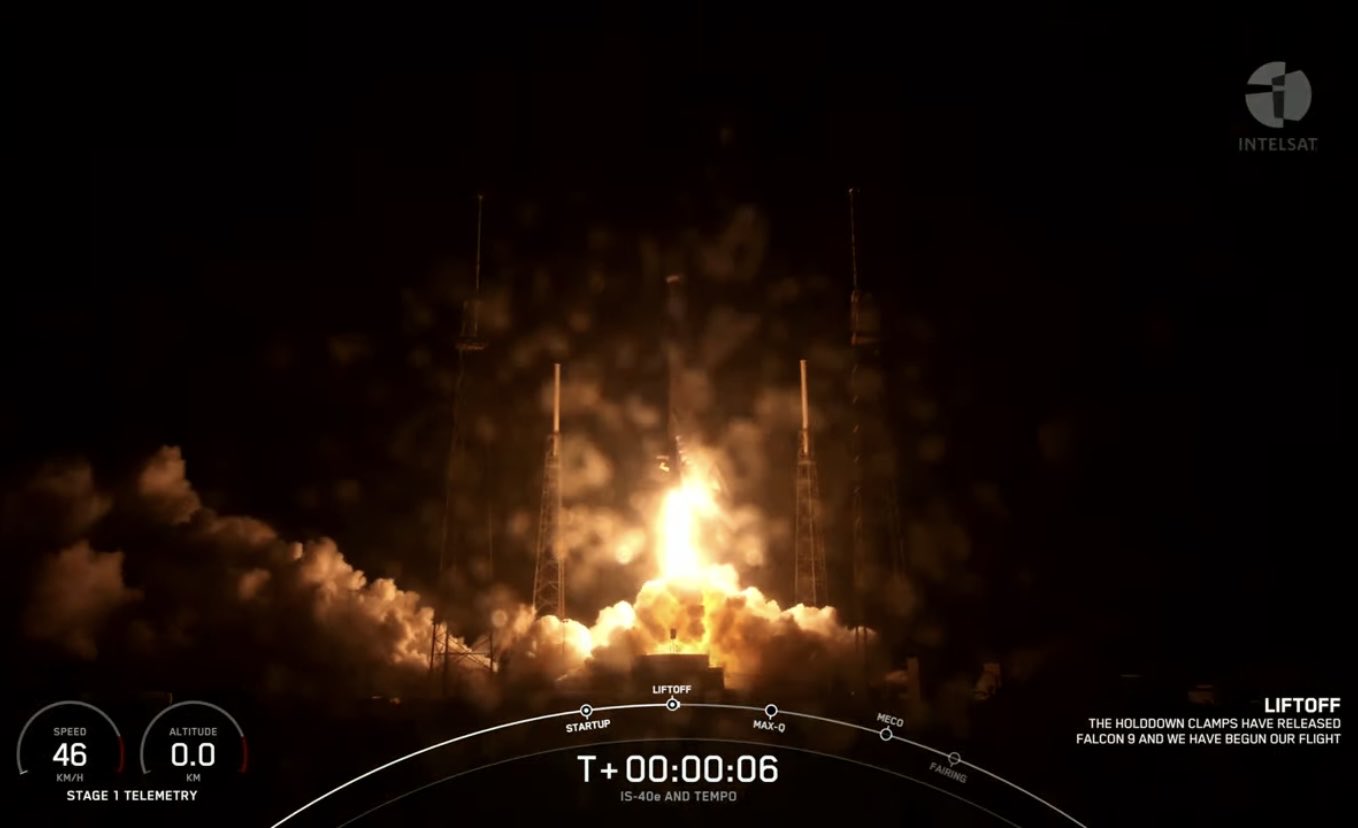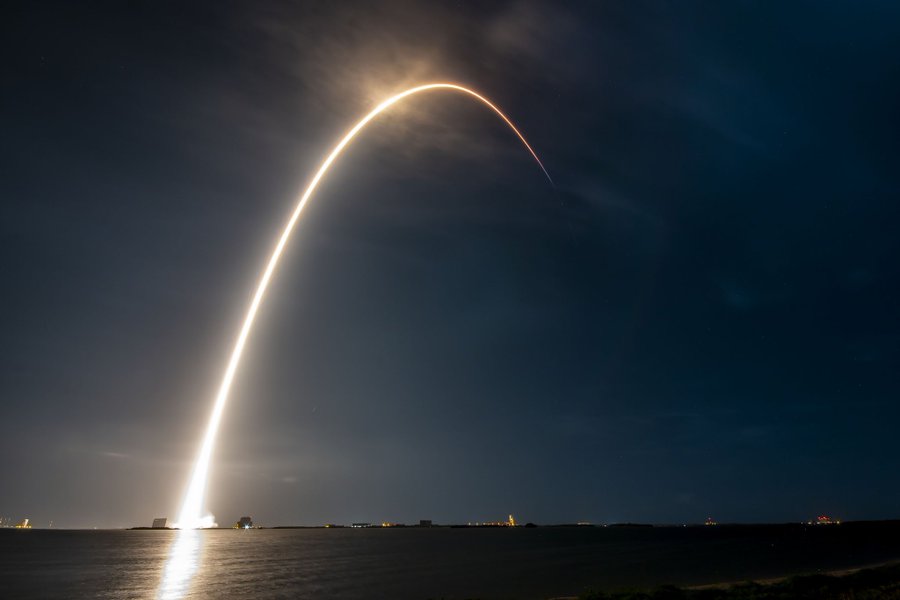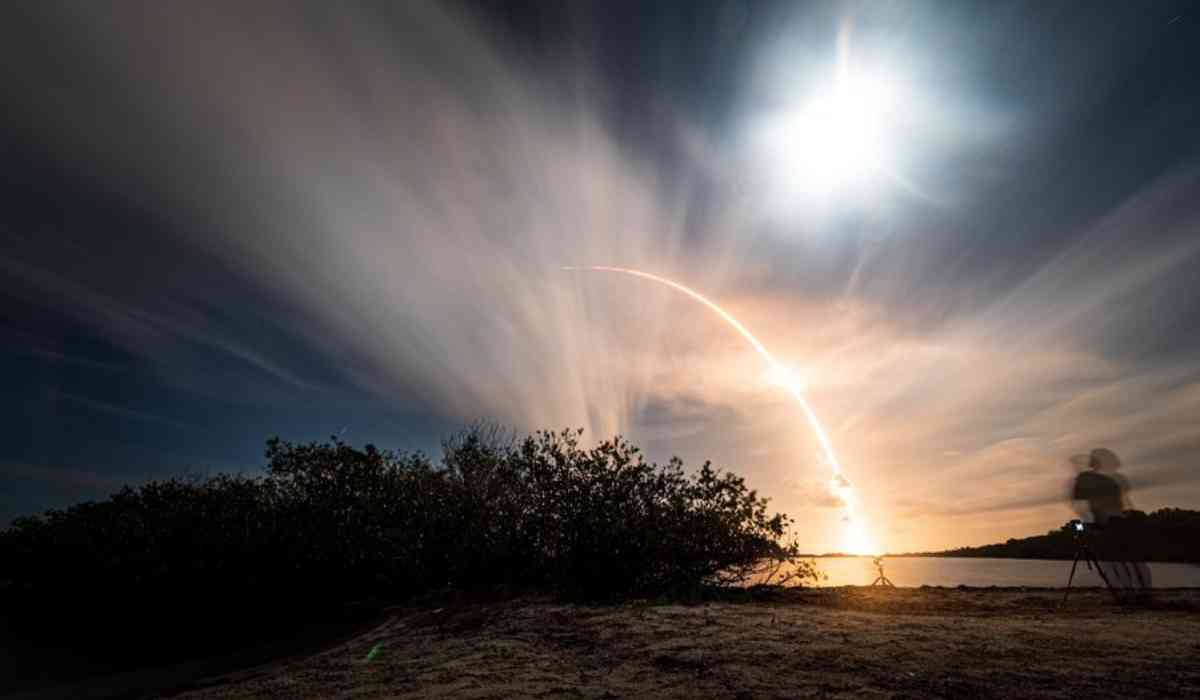A commercial communications satellite carrying a NASA Earth science instrument was launched into orbit by SpaceX in the early hours of Friday, April 7 to monitor air pollution. This instrument would offer previously unheard-of monitoring resolution for the main air pollutants. The Intelsat 40e satellite was carried toward geostationary transfer orbit by a Falcon 9 rocket launched from Florida's Cape Canaveral Space Force Station. The rocket’s first stage, making its fourth flight, landed successfully on the company's drone ship A Shortfall Of Gravitas in the Atlantic Ocean around nine minutes after liftoff.

Intelsat 40e, which was developed by Maxar Technologies, carries NASA’s Tropospheric Emissions Monitoring of Pollution (TEMPO) as a hosted payload. The satellite will provide high-throughput connectivity to enterprise and government customers across North and Central America, while also allowing TEMPO to take hourly snapshots of air pollution over North America.

The TEMPO instrument on board the Intelsat 40e satellite will use ultraviolet, visible and near-infrared light spectra to detect levels of ozone, formaldehyde, and nitrogen dioxide in the lower troposphere. According to Karen St. Germain, the Earth Science Division director at NASA's headquarters, TEMPO's geostationary look is a unique difference compared to other atmospheric missions, and it will provide much higher resolution data. TEMPO, which was developed by Ball Aerospace, has a primary mission duration of 20 months, but it has the potential to continue functioning beyond that time frame. Intelsat 40e is designed to operate for at least 15 years and carries two large solar arrays to provide power. The hosted payload approach has been praised by officials from both Maxar and NASA during the media call.

©️ Vygr Media Private Limited 2022. All Rights Reserved.
























